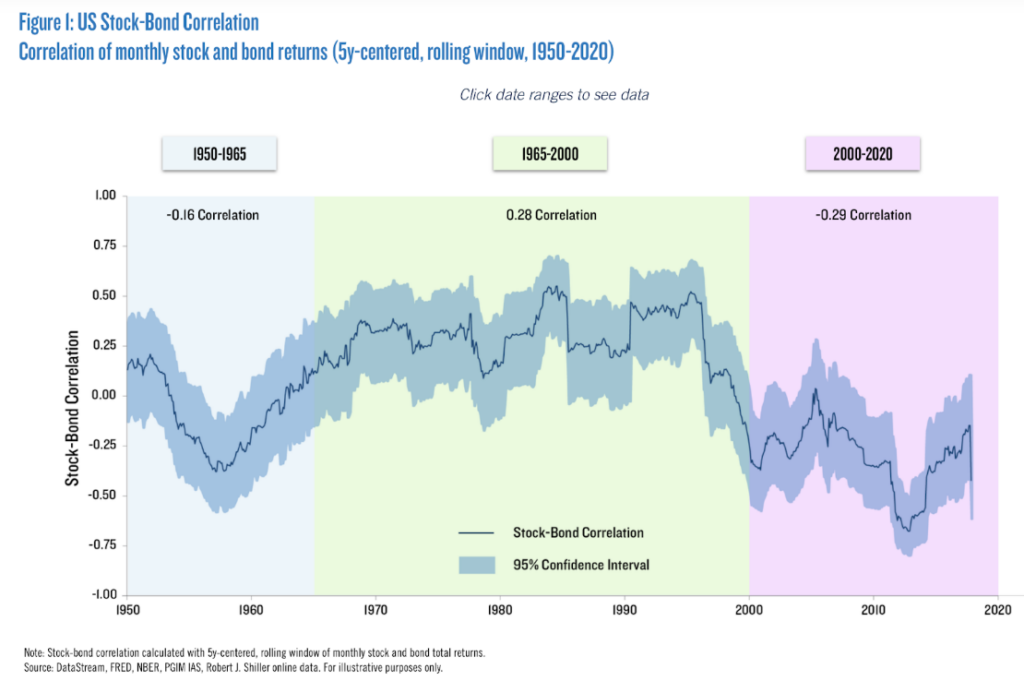This article is the second part of a series on alternative investments. Read the first part here.
All investments incur some level of risk, but many alternative assets are considered to be high(er) risk assets for a variety of reasons, including a lack of well-regulated and monitored exchanges, limited liquidity due to the lack of a secondary trading market, and underlying assets that are themselves perceived to be higher risk. Despite these and other risks, millions of investors turn to alternative investments for their attractive features, including returns that can be higher than average and which provide diversification away from traditional markets.
For many investors, one of the most attractive features is the low correlation of alternative assets to traditional asset types. This could afford investors the chance to see continued gains in their portfolio regardless of the economic climate, potentially mitigating or even preventing overall losses in portfolio value at times when such losses are common.
Understanding Correlation
Every asset class — across both traditional and alternative investments — has a different correlation with other asset classes. Some asset classes are strongly correlated with others, either positively or negatively.
- If an asset class has a correlation with another asset class that is close to 1.0, the asset classes are said to be strongly positively correlated. A positive correlation means that when one asset appreciates in price, the other one does, too.
- Asset classes that are strongly negatively correlated with one another have a correlation of -1.0. A negative correlation means that when one asset appreciates in price, the other one depreciates, and vice-versa.
Negatively correlated assets naturally dampen headline returns in a particular period. However, over time they may generate a better risk-adjusted return by smoothing what would otherwise be more severe price variations in any given year.
Correlation can — and does — change over time. Today, stocks and bonds are generally viewed as negatively correlated. This leads many investment advisors to recommend a traditional asset mix of 70/30 or 60/40 stocks/bonds. The rationale is that when stocks appreciate, bonds fall in value and vice-versa. This has in fact been the case since about 2000.
However, during 2022, this correlation broke down as both equities and bonds declined rather sharply. This could be temporary, a result of excessive monetary and fiscal stimulus to address the economic effects of the pandemic, or it could be the start of a ‘new normal’. In fact, while stocks and bonds were negatively correlated from 2000 to 2021, a look back to prior years shows that the events of 2022 are not necessarily so unusual. As shown in the graph below, from 1965 to 2000 stocks and bonds were positively correlated. Structural and economic factors – especially monetary and fiscal policies – can alter correlations over time.

The fact that stocks and bonds both fell sharply in 2022 has caused many asset and wealth managers to more actively promote alternative assets as an important part of a diversified portfolio mix. Whereas alternative assets might have been viewed as a small portion of a portfolio prior to 2022 (5%-10%), there is now an increasing debate about whether alternative assets should make up a large portion of a portfolio, perhaps up to 20%. This depends on an investor’s risk tolerance and need for periodic liquidity, among other things, but in some cases a portfolio mix more along the lines of 50/30/20 (stocks/bonds/alternatives) can be justified.
Correlation and Alternative Investments
In general, alternative assets are often deemed to have values that are only loosely correlated with traditional asset classes, meaning that their value generally moves independently of traditional or hybrid asset classes.
Alternative asset classes that have low correlations with traditional asset classes (like stocks and bonds) can improve diversification and may reduce overall portfolio risk. The weak correlation with other asset classes is what makes alternative assets an interesting addition to many portfolios, although investors must consider trade-offs in terms of liquidity and a general lack of price transparency.
Broadening Access to Alternative Investments
Investors considering private credit as part of their alternative investments have historically faced this lack of visibility as well as difficulty accessing these types of investments. Percent’s private credit marketplace solves this, bringing borrowers and investors together with unique transparency. Investors can browse available offerings, compare borrowers, see historical performance, and access underlying fundamental data. Percent’s platform gives investors singular access to information, allowing them to set participation parameters, make informed decisions, and monitor their investments throughout their lifecycle.
Percent’s mission is to make private credit markets more transparent and accessible, benefiting all market participants.
The final article in this series will explore different types of alternative assets in greater detail. Read the first part.